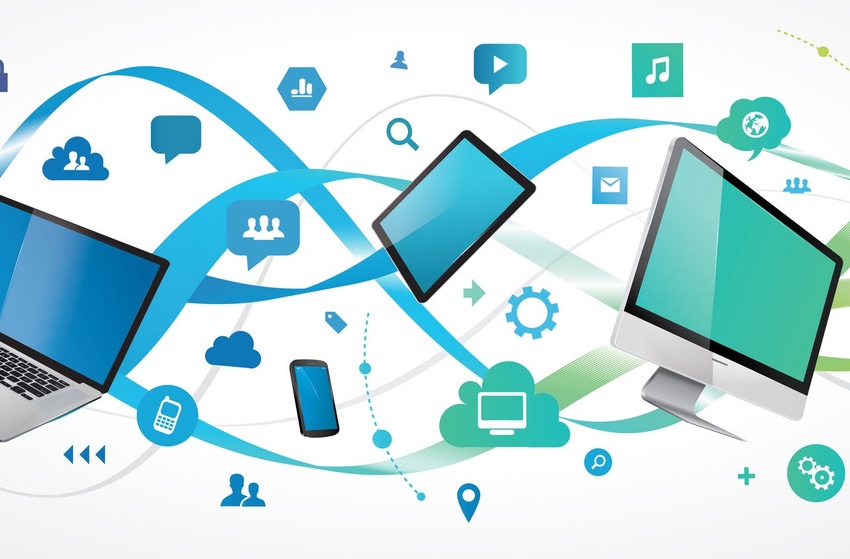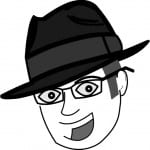The IoT refers to the interconnection of distinguishable smart/intelligent objects or ‘things’ and their virtual manifestation within the Internet or similar IP structure.
June 14, 2016

Telecoms.com periodically invites third parties to discuss some of the major issues affecting the industry today. In this post Dean Anthony Gratton looks to narrow the definition of the Internet of things and anticipates its evolution.
Let me take a moment to provide you with my understanding of the Internet of Things (IoT).
Empowering ‘Smart Objects’
Firstly, the IoT needs to be distinguished from the Internet. The Internet, of course, represents a globally connected number of networks, irrespective of a wired or wireless interconnection. IoT, on the other hand, specifically draws your attention to the ability of a ‘device’ to be tracked or identified within an IP structure according to the original supposition.
You see, the IoT is often misconstrued, invariably carte blanche, to accommodate anything that resembles Internet capability, and this is certainly not the case. More specifically, the IoT is solely used to characterise the ability to track and identify objects or things within the Internet or similar IP structure. However, from this perspective, we have now empowered these so called ‘objects’ to collate new information, in turn, extending the initial IoT concept.
Feeding the Internet
The IoT refers to the interconnection of distinguishable smart/intelligent objects or ‘things’ and their virtual manifestation within the Internet or similar IP structure. The IoT also recognises the empowerment of these objects or things to gather new information and, in turn, portray a representation of their ‘world.’ After all, the Internet is wholly reliant on information that has been/is typically derived from human input. In essence, this collated and vast amount of data and/or information – that ‘Big Data’ thing, is available through your permanent Internet connection and was captured at some point by humans.
Nonetheless, human input can on occasions be inaccurate and, increasingly, people no longer have the inclination or time to undertake seemingly endless data entry. As such, computers and, for that matter, the Internet, are both reliant on humans for information. In short, people are responsible for feeding the Internet’s petabytes of data, which may have been derived from typing at a keyboard, through oral entry, or simply by taking a picture or posting a video.
Making informed decisions
Inevitably, such human entry is constrained by time and ultimately accuracy because people are not particularly accurate at capturing data about things in the real world. So, with the IoT, we can empower objects with a modicum of intelligence, and these objects can become instrumental in collating new and accurate data to continue to feed the incumbent knowledge-base of the Internet, alongside the dedicated human resources.
Indeed, there are numerous technologies that may empower the IoT, such as Bluetooth, ZigBee, EnOcean and low power Wi-Fi. These are just a few of the wireless technologies that are significant in supporting an IoT ecosystem of intelligent objects or things by gathering data and/or information governed by our (human) remit of what should, or can, be relevantly collated and, in turn, consumed. IoT takes away the need for humans to collate mediocre information (what I can only describe as trivia) and, in turn, shares information effectively and accurately to allow recipients to make informed decisions. As such, we have empowered technology to both source and feed us content diligently, more often with a greater sense of reliability and, ultimately, accuracy.
Introducing the ‘Smart Agent’
What’s more, since its inception, the IoT has broadly been used to cover a variety of trends, subjects, and phenomena within mainstream computing and, of course, Internet popularity, growth, and usage. Notwithstanding, people have taken the term and have moulded it to analogise their own supposition, shaping it to accommodate a specific industry trend or phenomenon. It seems that new and emerging smarter objects are becoming increasingly intelligent, with the provision of processors, memory, storage, and so on and, of course, they have the ability to sustain that all-important IP connection whilst maintaining the IoT’s founding concept.
As I have already touched upon, human interaction with devices is required at some point, whether that’s from the onset, when a smart object needs a ‘one-off’ configuration, or as a human acting on or reacting to information such as the arrival of new data. The next generation of smart objects may comprise the smart agent, that is, a hybrid device that’s capable of acting autonomously, possibly undertaking decisions on our behalf. It’s simply about control; putting us in charge – just one of the many aspects of the new IoT ecosystem. Likewise, it alleviates the mediocre aspects of our routine whilst appeasing and simplifying regular based tasks, placing us in charge of the role and purpose of the IoT. But there’s a final question: Do we really need everything to be connected and, at what point does the IoT become ‘overkill’ for what was once perhaps just a simple activity?
Until next month…
Naturally, the IoT continues to sensationalise our technology headlines. And, for me, not an entirely new concept is the Industrial Internet of Things (IIoT) something, which has surfaced over the last five years or so, but has only recently captured the imagination of industry itself. It’s certainly one to watch, as its growth expands, covering a unique area within this domain.
So, this is where an expanding Dr G signs off.
 Dr Dean Anthony Gratton is a bestselling author and columnist, and has worked extensively within the wireless communications R&D industry. His wireless research work has been patented. You can contact Dean via his website, and follow him on Twitter (@grattonboy) to enjoy his risqué humour, witty shenanigans, social media and technology-related tweets. You can also read more about his work at deangratton.com.
Dr Dean Anthony Gratton is a bestselling author and columnist, and has worked extensively within the wireless communications R&D industry. His wireless research work has been patented. You can contact Dean via his website, and follow him on Twitter (@grattonboy) to enjoy his risqué humour, witty shenanigans, social media and technology-related tweets. You can also read more about his work at deangratton.com.
“Enabling the Internet of Things” (abridged) from The Handbook of Personal Area Networking Technologies and Protocols, Cambridge University Press, 2013.
Read more about:
DiscussionAbout the Author(s)
You May Also Like








.png?width=300&auto=webp&quality=80&disable=upscale)


_1.jpg?width=300&auto=webp&quality=80&disable=upscale)


.png?width=800&auto=webp&quality=80&disable=upscale)